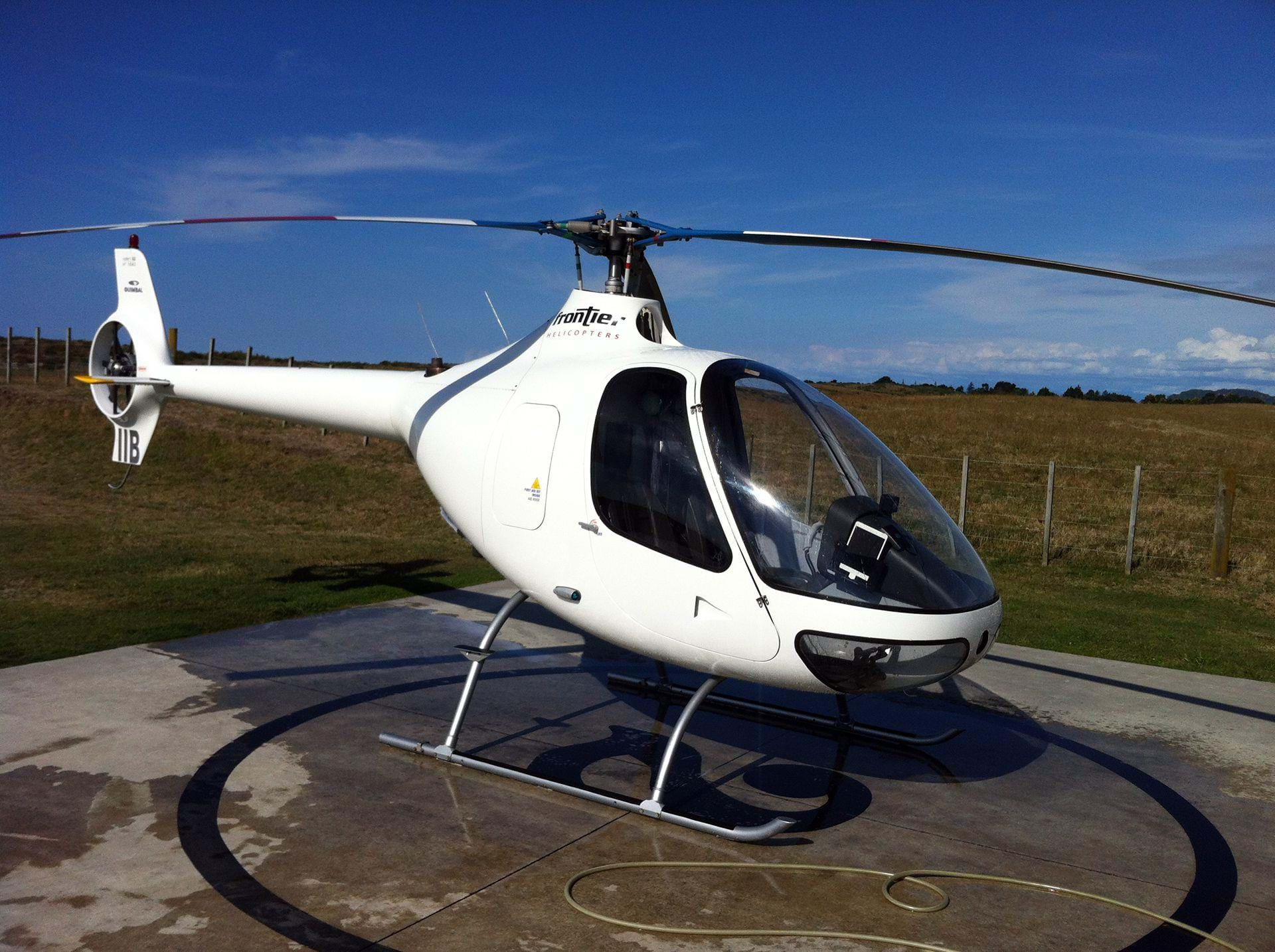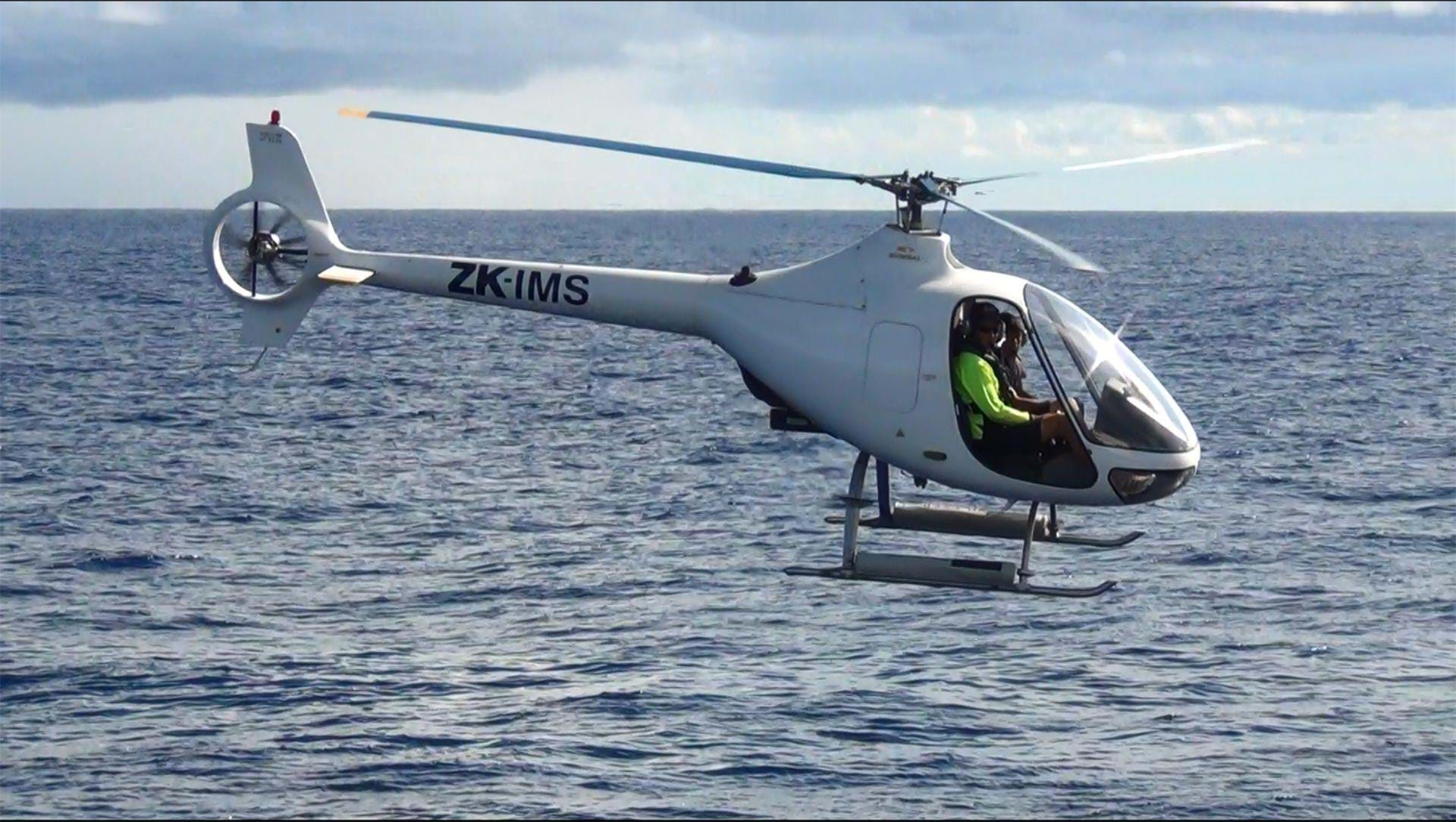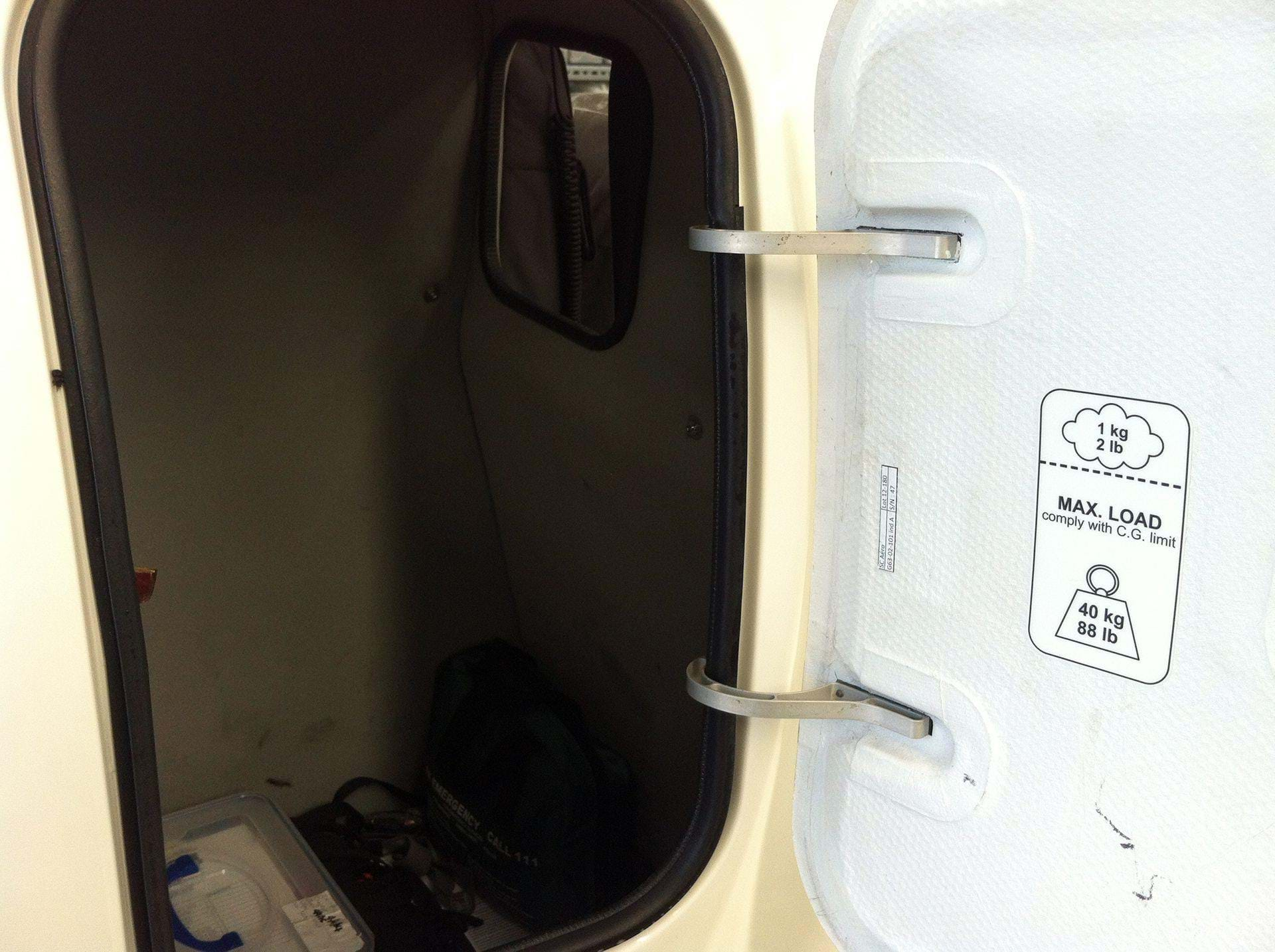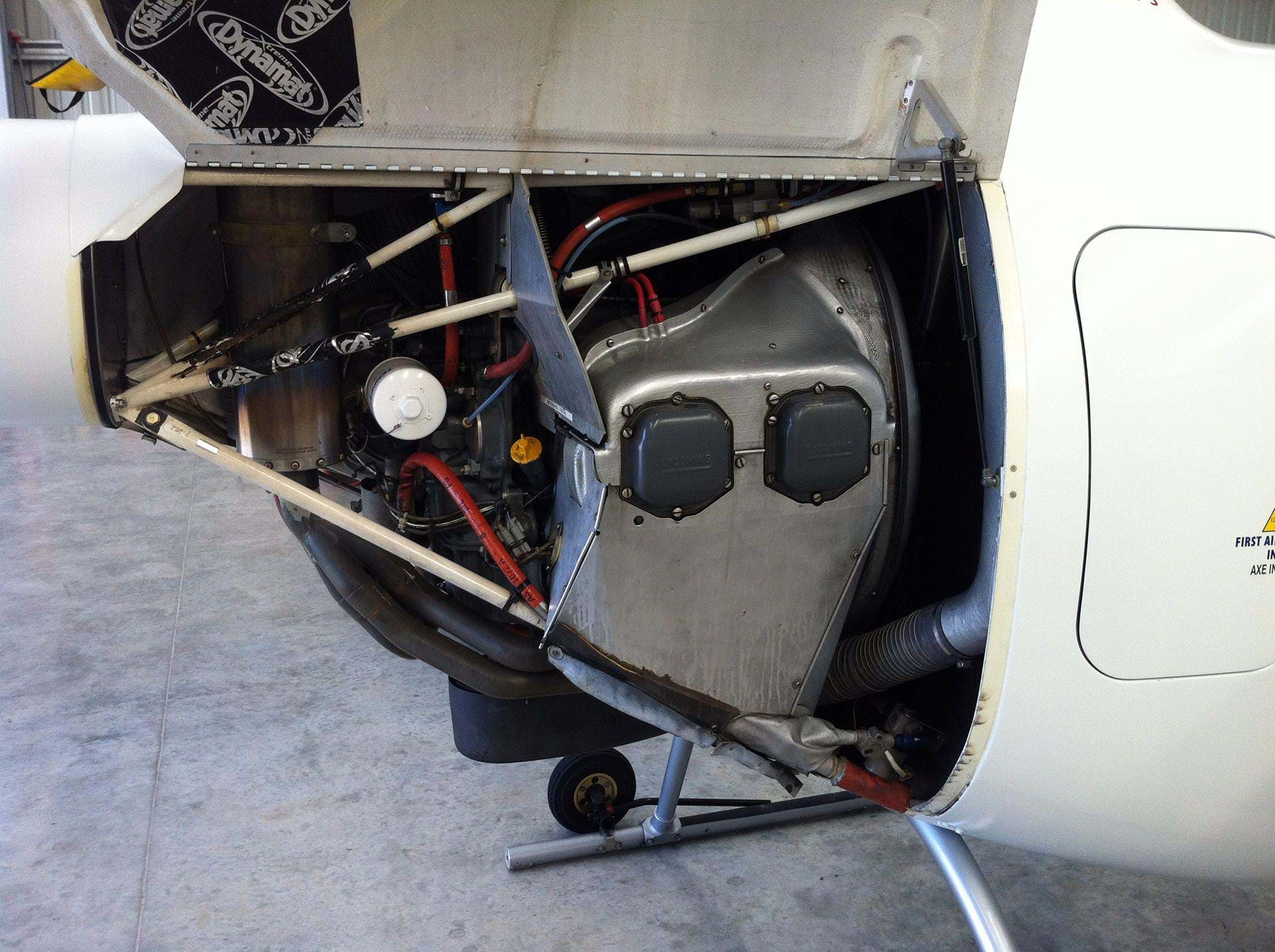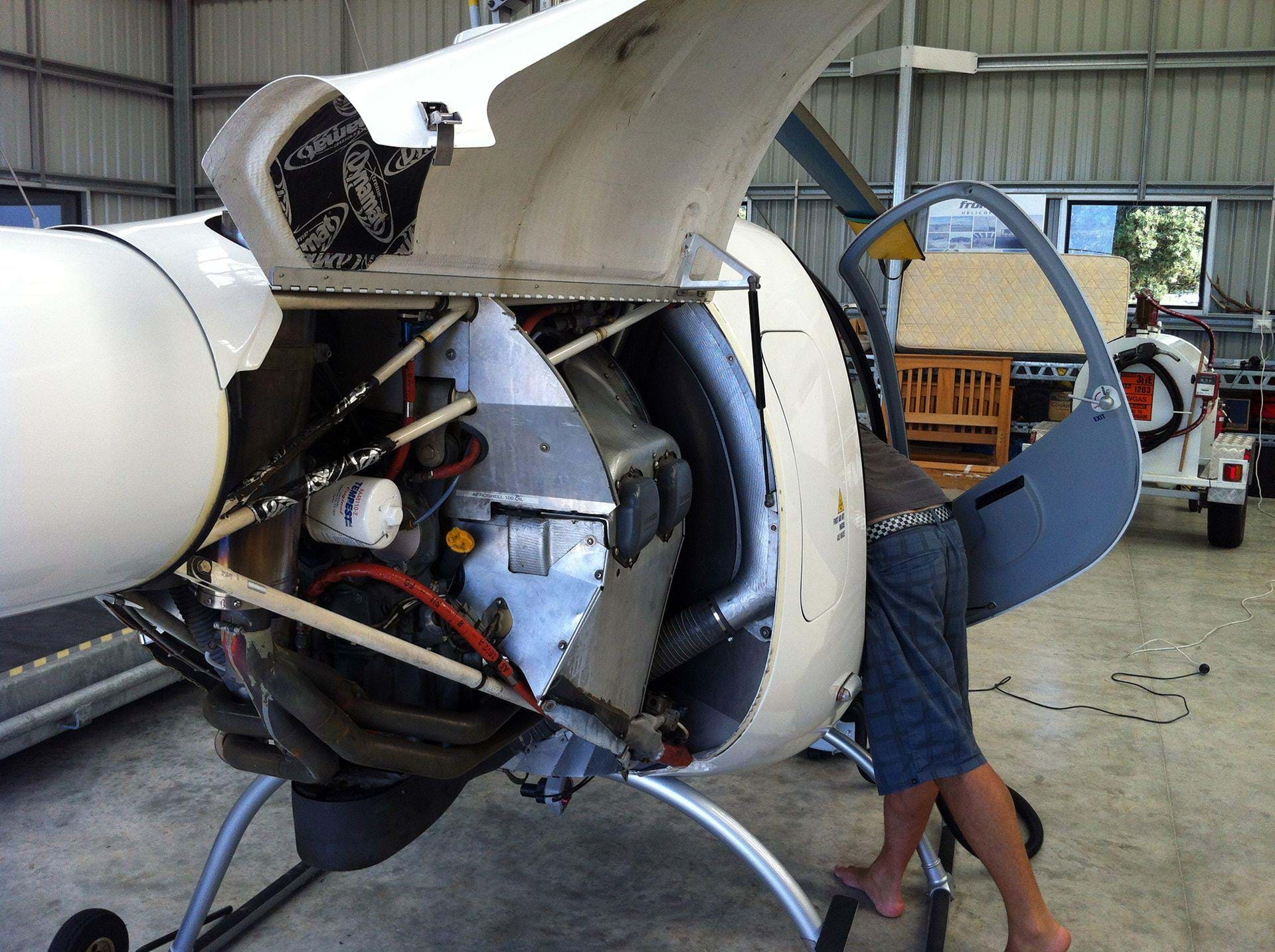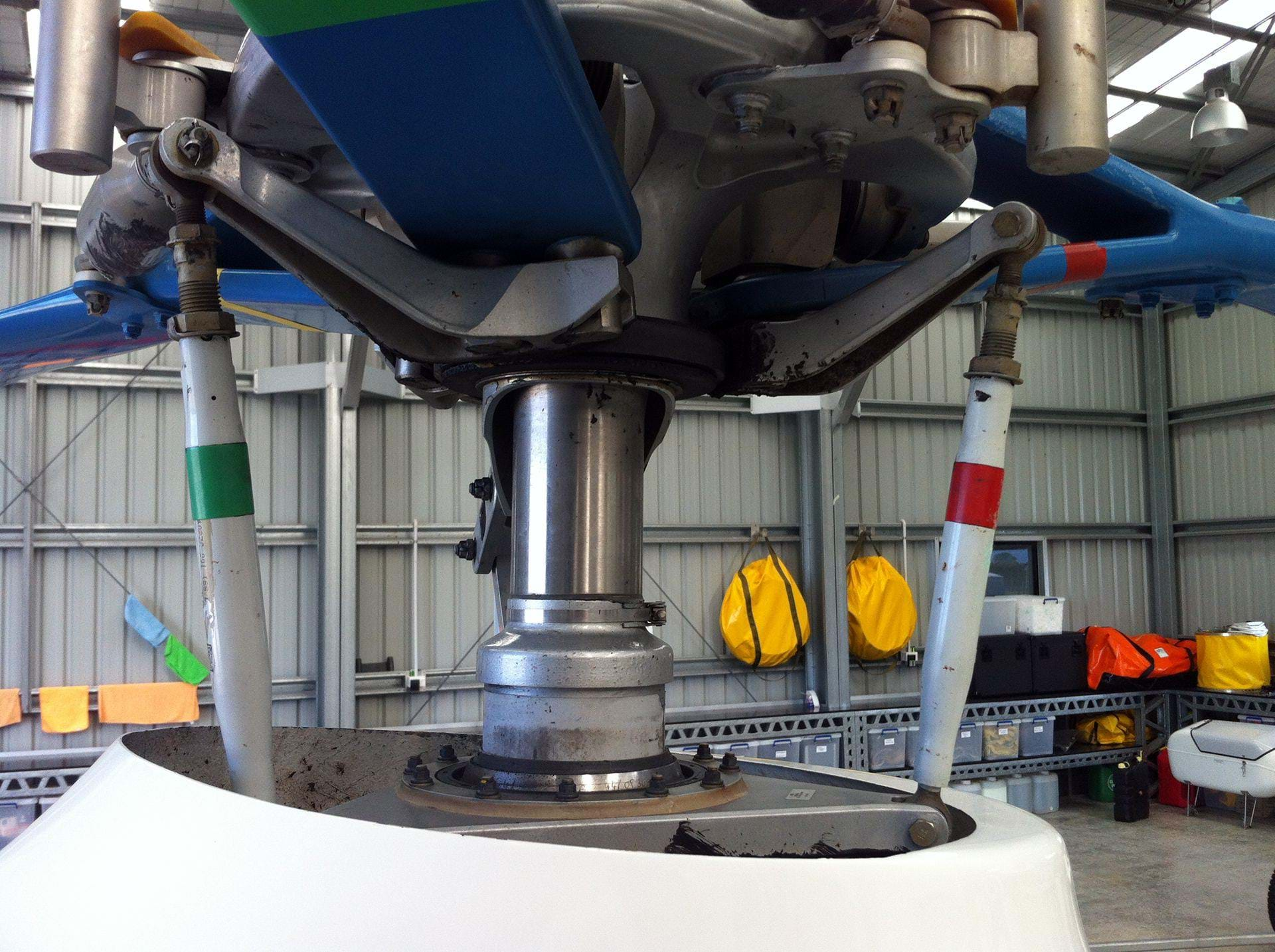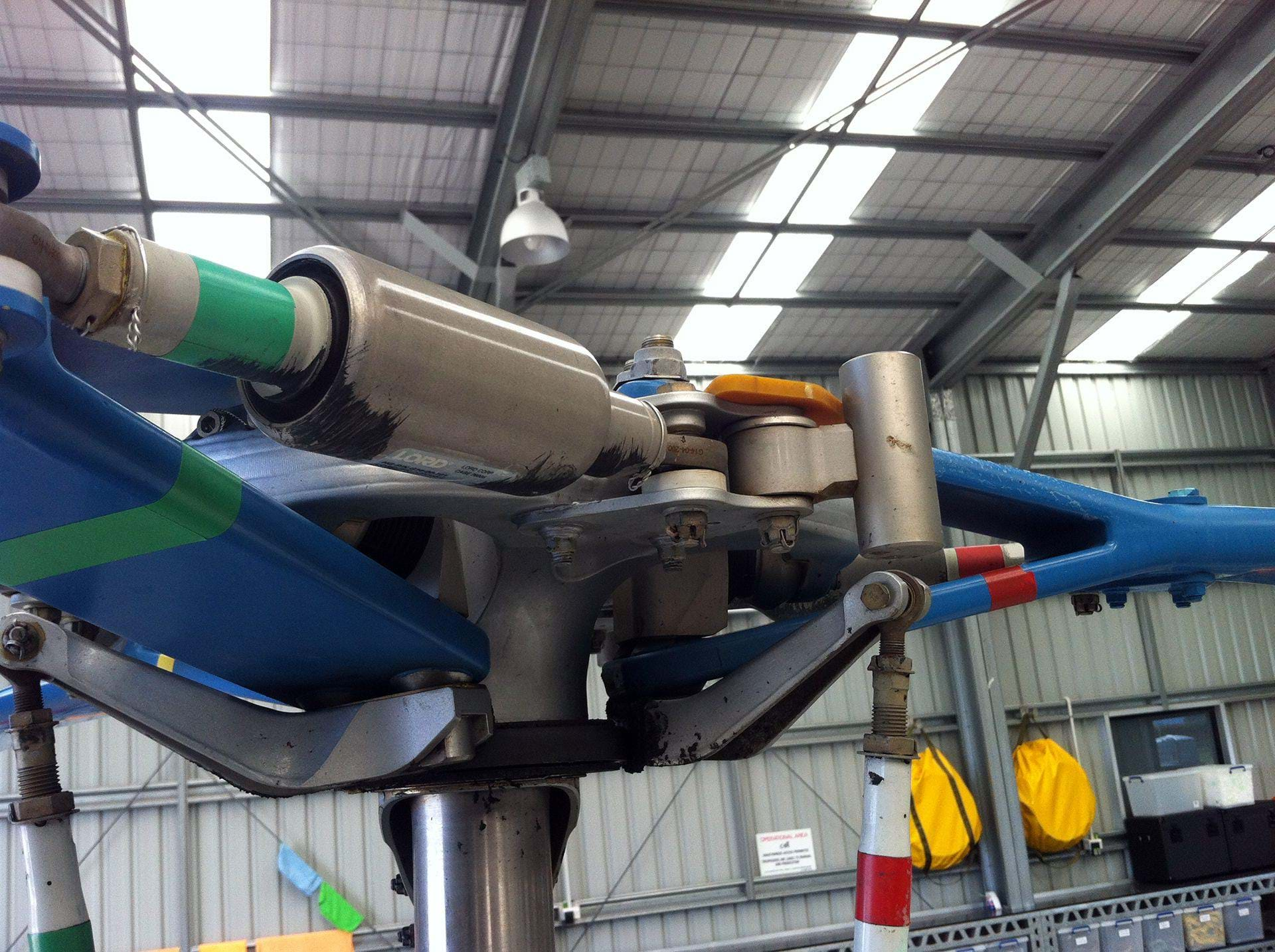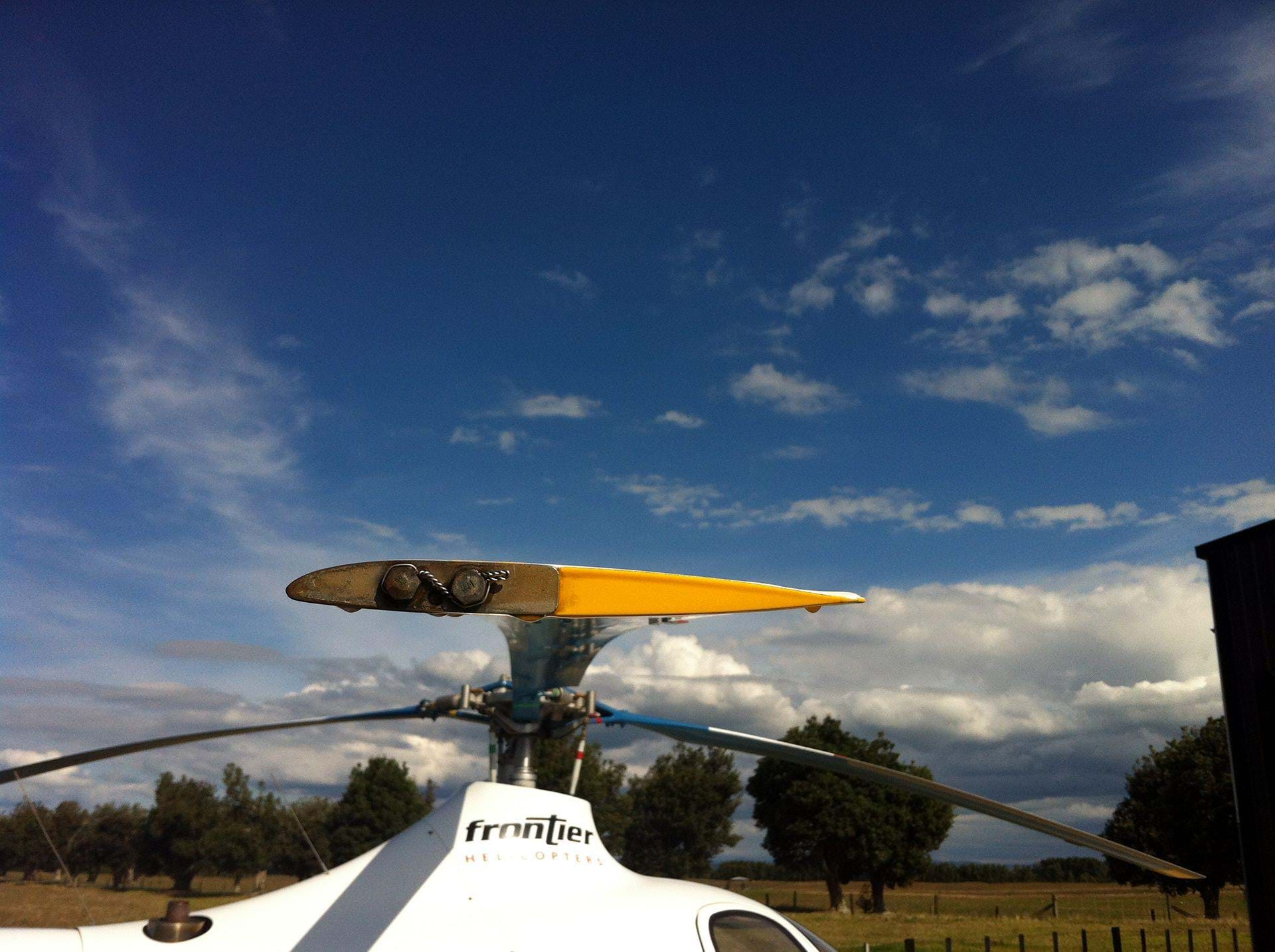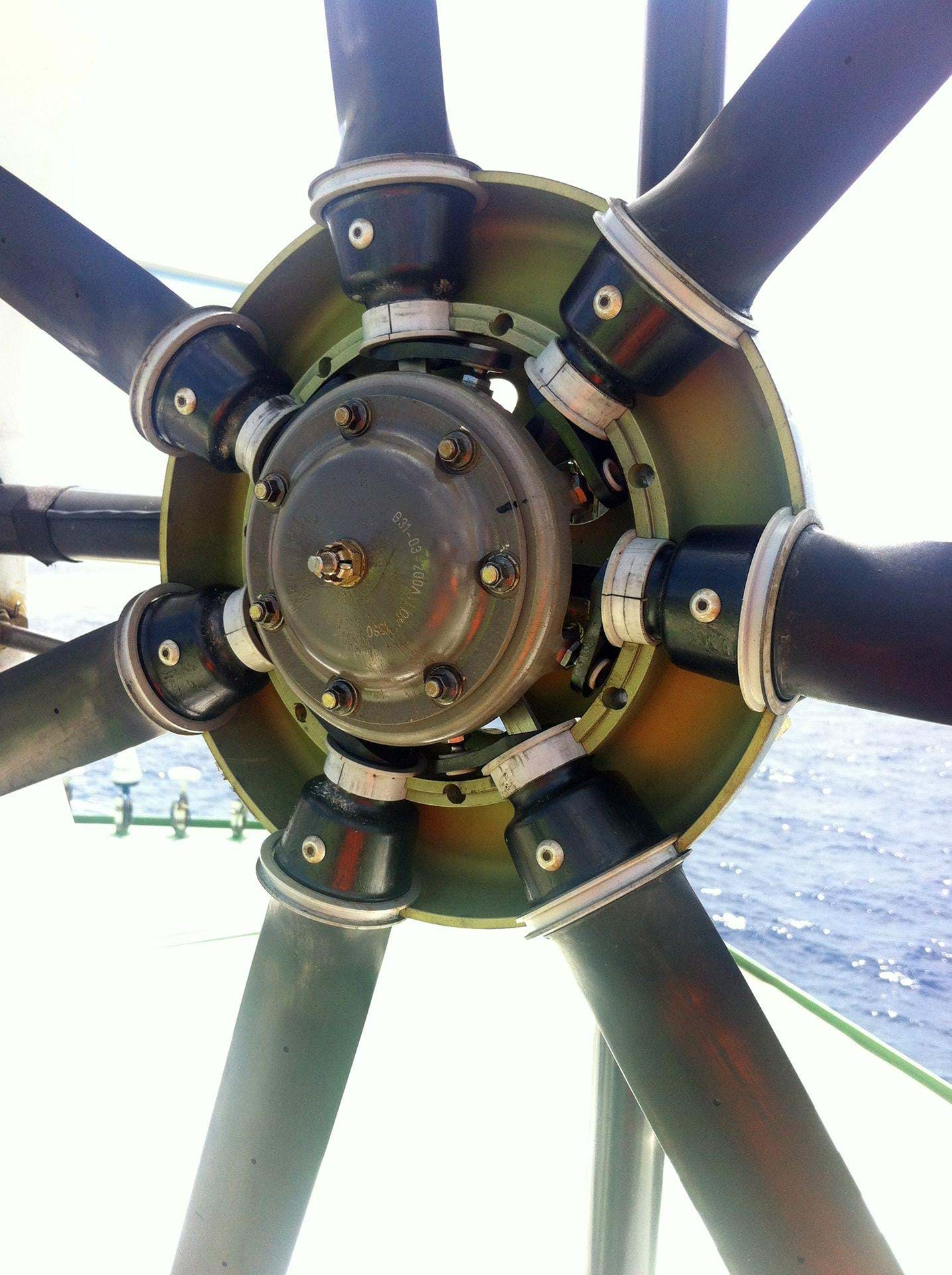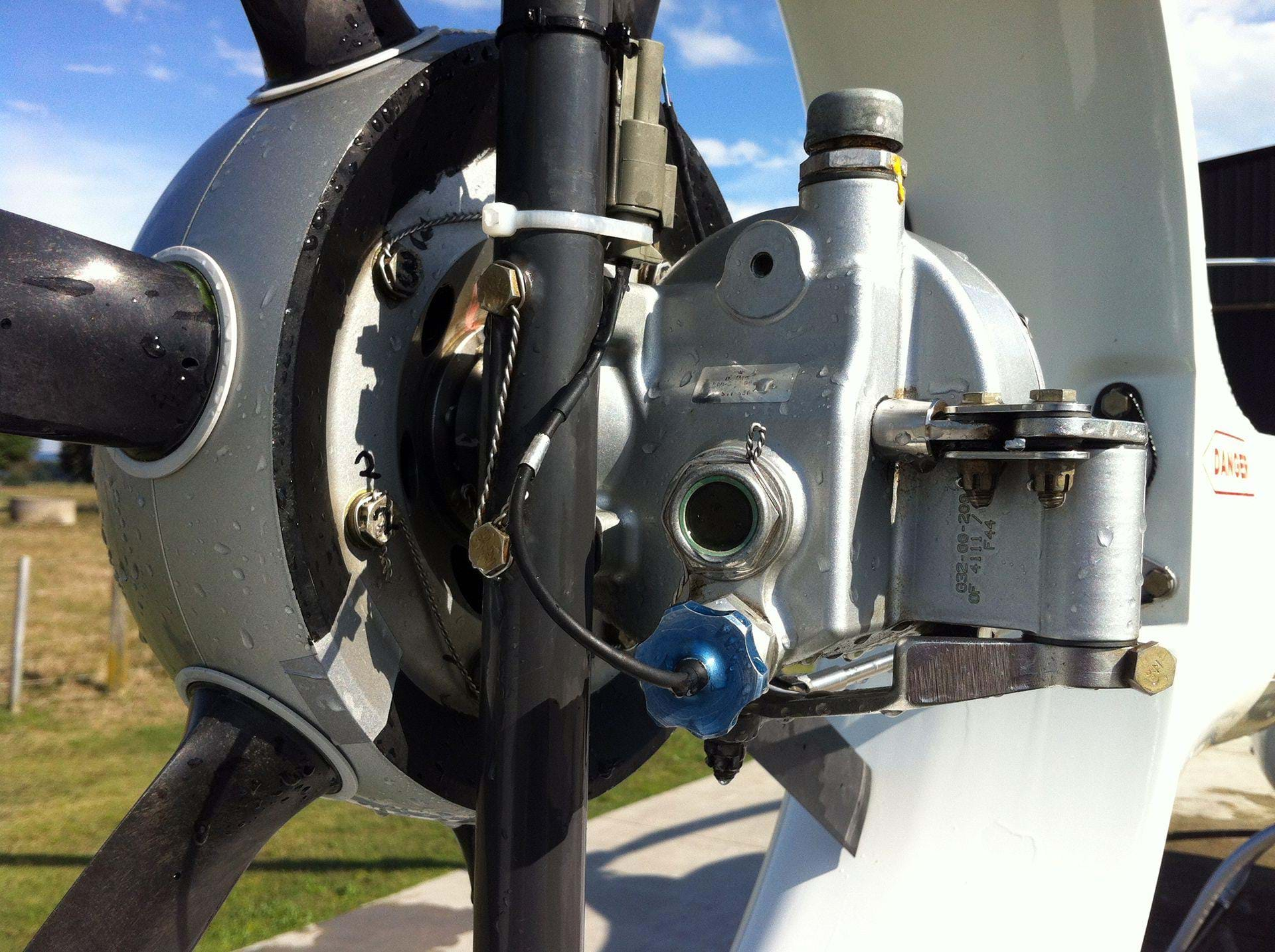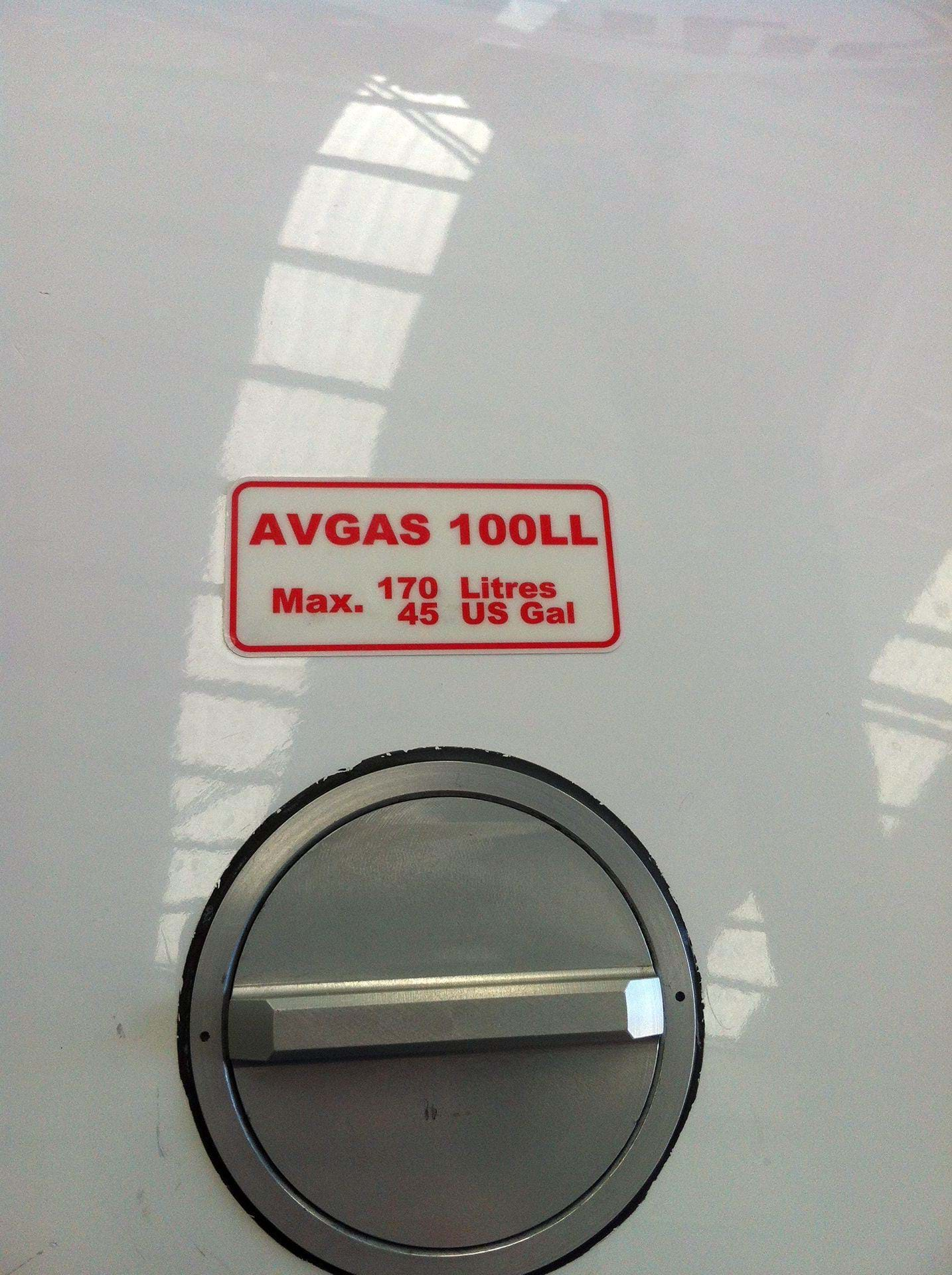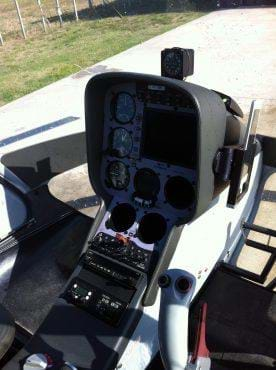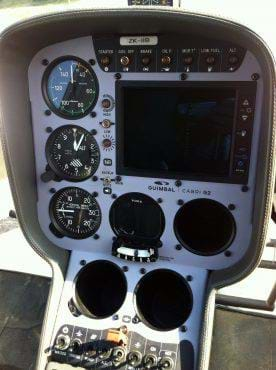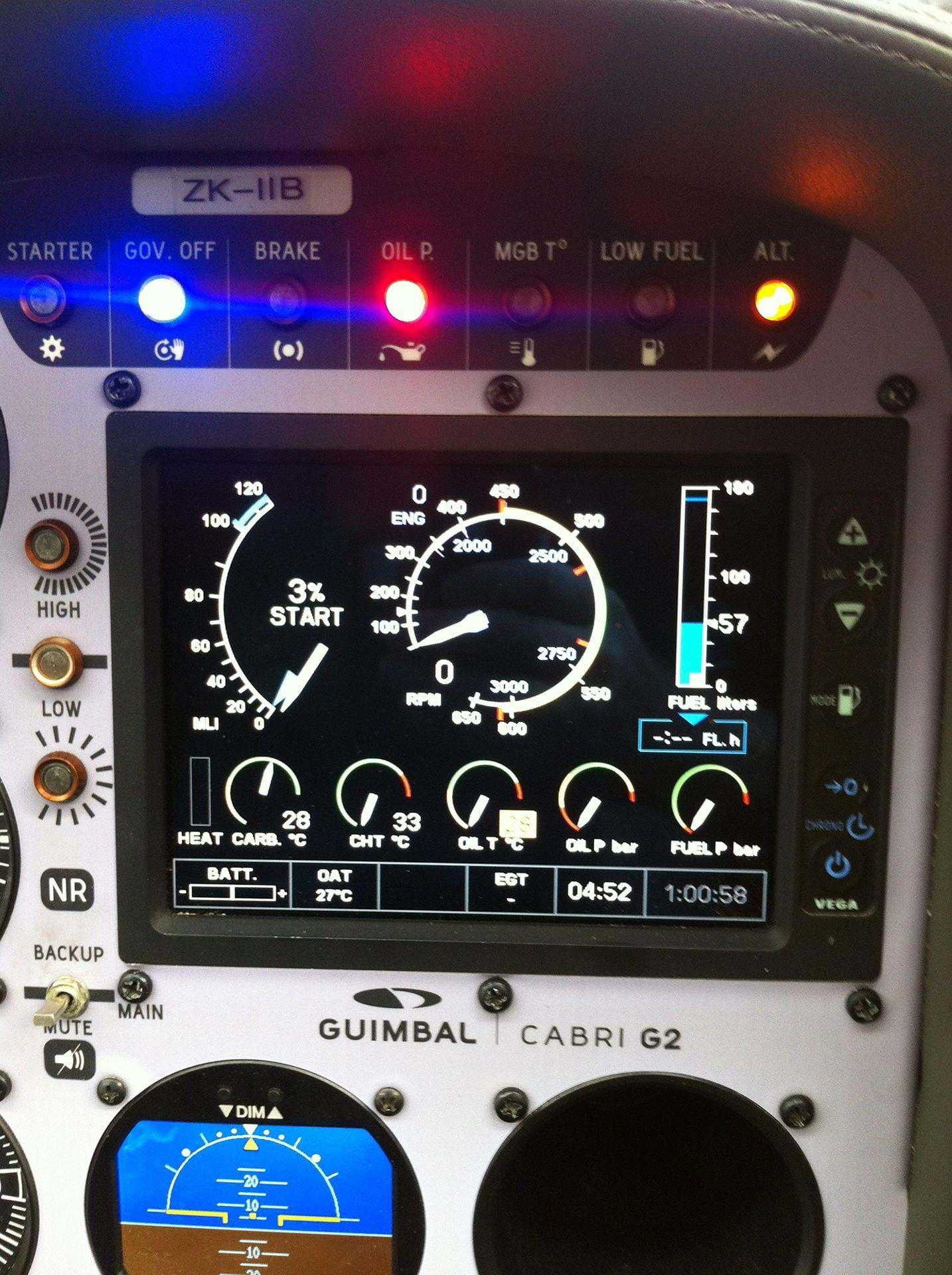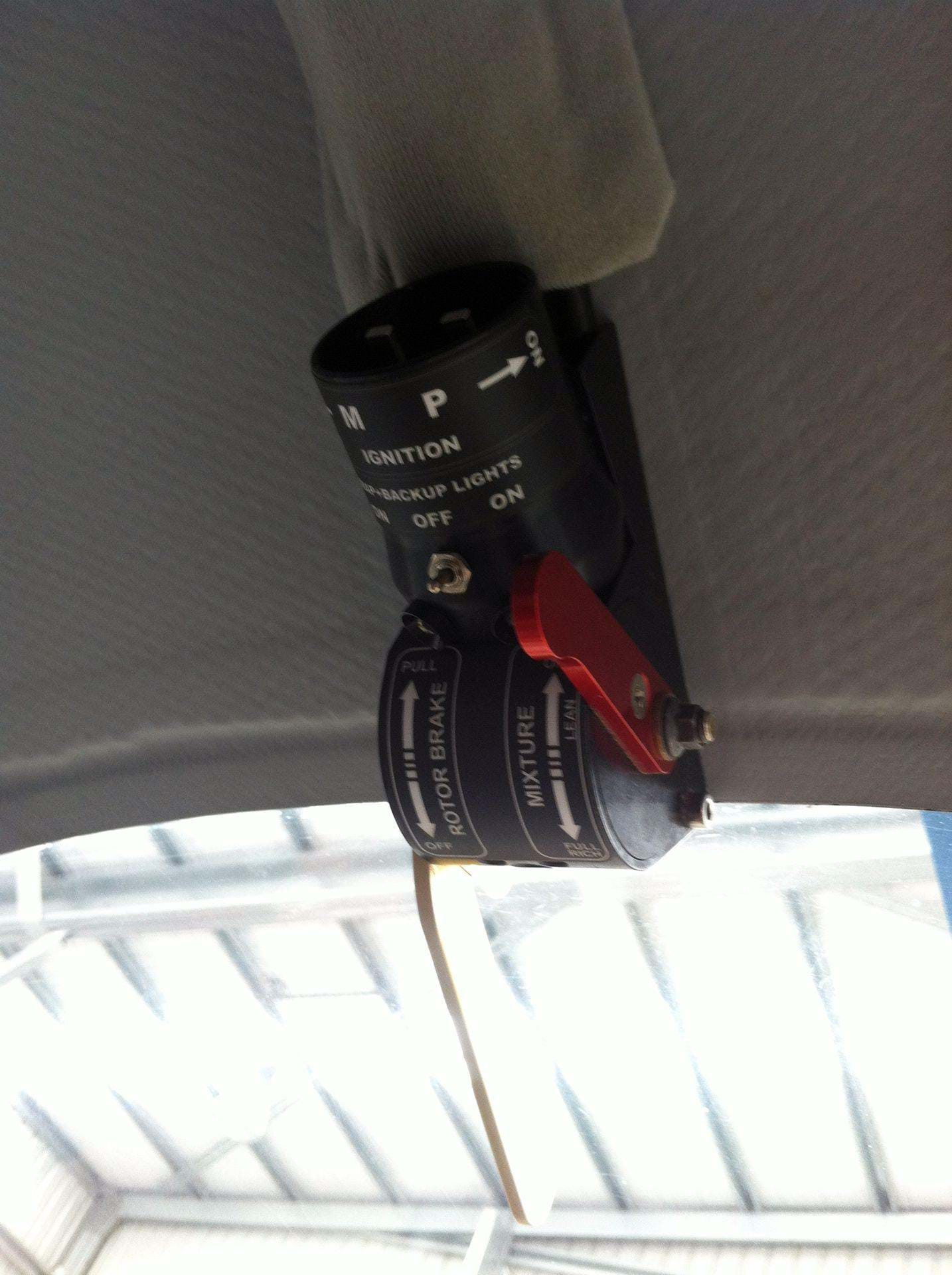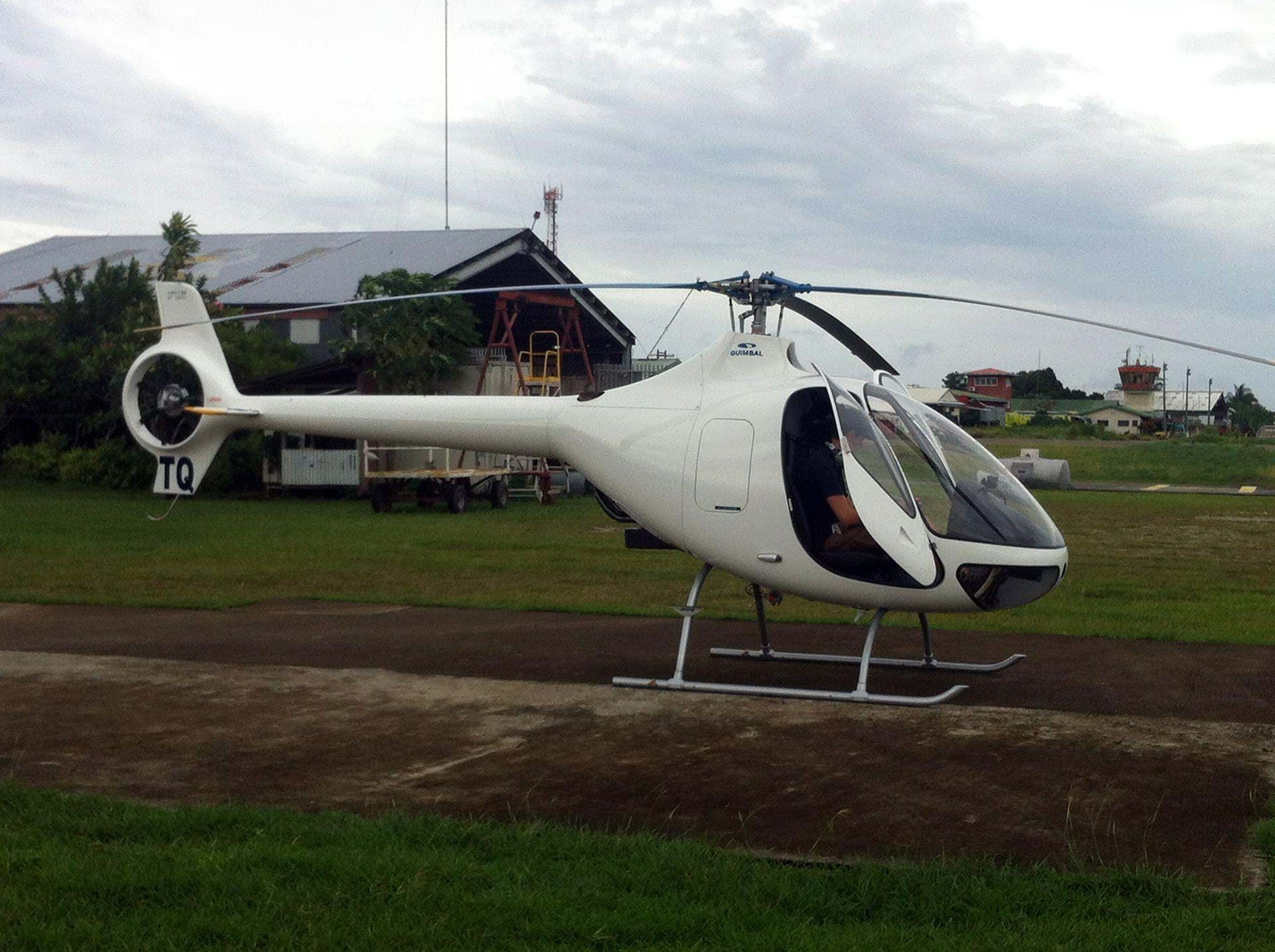Introduction
For as long as I can remember, the light piston helicopter market has been dominated by a small group of machines. Since the early 80s, the R22 has held the lions share due to its relatively low purchase price and reliability. The rest of the market has been divided up between the Hughes 269 / Schweizer / Sikorsky 300 and the Enstrom. Most pilots, including myself, would have learned to fly on one of these types.
Bruno Guimbal -- formerly of Eurocopter -- set out to add another aircraft to the market back in the 80s. When Guimbal left Eurocopter, he took with him, with permission, certain designs and patents to use on his own helicopter and as a result, the machine known as the G2 ‘Cabri’ certainly looks like an aircraft out of Eurocopter.
The Cabri has outsold new R22s in Australasia and has just been certified in North America. To people in that area, it will be a new type and many would not have laid eyes on one yet.
This article contains my opinions only based on my experiences operating the aircraft. All photos are my own, usually taken with a crummy cell phone camera.
Exterior
Since the 70s, Eurocopter (then Aerospatiale) were actively using composites in constructing aircraft. Most notable was probably the ‘Star Flex’ in the AS350 rotor head. Since then, composites have become more common in aircraft coming out of Europe; whereas aircraft coming out of North America have retained the older construction techniques although this is starting to change.
Upon walking up to the Cabri for the first time, you notice two things, the sleek lines and the lack of rivets. The entire fuselage and tail boom are single pieces of composite construction with the exceptions of the engine cowlings and access panels.
The length of the fuselage is 6.3m (a little under 21ft) and 6m (5.25ft) wide at the skids. The length with the blades turning is 8.05m (26.4ft). Height from the ground to the top of the tail is 2.5m (8.2ft).
Empty weight is around 450kg (990lbs) with a MAUW of 700kg (1543lbs) Just for comparison, the R22s empty weight is usually around 417kg (920lbs) with a MAUW of 622kg (1370lbs) and the S300 weighs in at around 499kg (1100lbs) empty with a MAUW of 930kg (2050lbs)
The overall design is almost a scaled down EC120 which is hardly surprising given the designers previous position within Eurocopter. A single piece of Perspex makes up the windshield thereby eliminating the usual canopy bow that is present on most helicopters allowing for excellent visibility.
The doors are much the same type of construction as those of the R22 except they have gas struts fitted which is a welcome addition. The left side of the fuselage houses the luggage compartment which is capable of holding 40kg (88lbs) and is surprisingly cavernous.
The aircraft is powered by the ubiquitous Lycoming O360 J2A, exactly the same engine as the R22 BII. This has to be the most reliable piston engine available for helicopters today so its choice for the Cabri is hardly surprising.
The overhaul time at this stage is the same as that for the R22. Access to the engine is provided by ‘gull wing’ type cowlings on either side of the fuselage, thereby completely exposing the engine. The cowlings are also on gas struts.
The engine is mounted in the reverse of the R22 with the clutch arrangement at the front of the aircraft. The oil filter and oil cap are, as evident in the photos, in a much nicer spot than the R22.
The skid gear is of the same basic principle as the Robinson except that the fuselage is mounted by the means of elastomeric dampers. These provide protection against ground resonance and believe me, it works. The skids are protected from ground contact by a set of carbide shoes. On the right rear undercarriage leg, a step is provided to enable one to climb up and inspect the rotor head.
The rotor head is very similar in design to the EC120 being a three bladed fully articulated system with elastomeric bearings providing, flapping and feathering for each blade. Separate elastomerics provide lead and lag damping much in the same manner as the MD500 rotor head. On recent aircraft, anti-vibration pendulums have been added.
The three main blades are also composite with a stainless steel cap along the leading edge. They also differ from most light helicopters by being an asymmetric airfoil. The blades are incredibly strong and at this stage, have an infinite life (based on condition)
Anti-Torque control is provided by a seven bladed Fenestron shrouded within a fin. The blades are reinforced plastic over the top of a stainless steel strap pack. Holes are provided to aid in visual inspection of the strap pack.
The gearbox is more or less conventional. One of the really great features of the aircraft is the chip detectors which feature a non-return valve so that one can inspect the chip detector without draining the gearbox oil.
The space in the fuselage opposite the luggage compartment houses the fuel tank. Capacity is 170L (45USG) Standard 100/130, 100LL fuel or 98 MoGas is approved although this might differ depending on the region. The use of 98 octane fuel requires different placards and naturally changes the fuel burn.
A cargo hook is provided as an optional extra, and let’s face it, what’s the point in having a helicopter without a hook… The hook is hard mounted to the belly and is rated to 220kg (485lbs). A rather large load for a small helicopter.
Interior
Sitting in the Cabri is like sitting in a European car, lots of stitched leather and soft shapes. The fuselage width is 1.24m (4.07ft) compared to the R22s 1.1m (3.6ft) and S300s 1.45m (4.92ft)
Leather seats come as standard which offer crash protection in the form of ‘stroking’. You can store gear under the seats but one would be advised to think about how it’ll affect the seats in an accident. I’d only place clothing or other soft items under there. On the firewall in between the seats, there is a panel of circuit breakers, Hobbs meter, fuel shutoff valve and ELT switch.
There is a ‘tunnel’ running between the seats for the control rods. Located on top of the tunnel are the heater controls and the collective. The standard collective has a locking nut in the same fashion as the MD500 and the throttle forward of that. On the front of the collective there is a governor switch and the starter. Where the tunnel joins the instrument panel is a large area where the avionics sit. There’s enough room to put two radios and a transponder in there easily.
The row of switches contains the master and alternator switches, fuel pump and lighting controls, clutch and carburetor heat controls. In standard configuration, there is an ASI, Altimeter, VSI and AH. In addition to this, there are four blanks for those who want to load it up with IFR gear. By far the most interesting feature on the panel is the EPM (Electronic Pilot Monitor) The EPM contains all of the engine instruments and the fuel gauge in addition to providing a lot of caution and warning information.
Those familiar with the EC120 / 130 types will be familiar with this kind of setup. The system goes a long way to relieve pilot workload by providing the information at a glance, i.e.: all engine parameter needles point more or less straight up when in the correct range. If any-one parameter exceeds a limit, the computer highlights it red or yellow to alert the pilot. Fuel information is provided on the right hand side of the display giving, amount in Liters or USG, time in the tank and fuel burn (more on this later).
The cyclic is ergonomically designed with a trim switch and electric cargo release on the top and a button to transmit on the front. There is also a manual release for the hook in the form of a trigger below the grip. For aircraft without the hook, a frequency switch button replaces the electric hook release.
On the roof, there is a little console that contains the magneto switches, the mixture control and the rotor brake. In addition, the cockpit map light and controls are located here.
The anti-torque pedals are adjustable on the pilot’s side. Pulling the treaded portion of the pedal outwards disengages the lock and the pedal can be rocked away or toward the pilot and then reengaged.
Flight controls on the left hand side of the aircraft are of course removable without the use of tools. The left seat pan can be removed to provide extra storage.
Even though the cabin seems small, the use of space is very efficient meaning that you end up with a lot of head and leg room. In fact, it is probably one of the most comfortable aircraft I have flown.
Systems
Rather than write a complete systems description, I’ll just highlight some of the interesting features on the aircraft.
Clutch
As mentioned before, the engine is mounted the opposite way to the R22 and S300 and this means that the belt (there is only one) is at the front of the engine compartment. Clutching the engine is accomplished by the use of engine oil pressure filling a cylinder and actually moving the engine to tension the belt unlike the R22 where the driveshaft flexes.
A non-return valve prevents pressure loss in the clutch. If the engine is shutdown with the clutch engaged (accidentally or for inspection) the pressure in the cylinder will slowly decease over the course of a few hours.
BARC
BARC is a French acronym meaning Fuel and Rotor Alarm Device. Alongside the EPM, there are three lights arranged up and down with a switch. In the event of an EPM failure these lights continue to give an indication of RRPM through orange and green lights. There is also a horn. Even with the EPM active, the BARC lights work if the RRPM goes out of limits.
Ignition System
Aeronautical engines usually run on a pair of magnetos to provide electrical power to the spark plugs. The Cabri has one magneto and a Plasma Mag which provides a much more efficient form of ignition (much the same as a car). The Plasma runs directly off the battery and feeds automotive type spark plugs (one for each cylinder).
Anti-Theft
Unfortunately, in this day and age, tampering and theft of aircraft isn’t unheard of. Guimbal have included a remote locking device that not only locks the doors but also disables the starter. This does drain the battery very slowly so it isn’t ideal for long duration but if you’re parking overnight somewhere, it’s a great idea.
In Flight
I went onto the Cabri after more than a year of flying the MD500 full time and so it was a bit of a change. It is probably the most complex aircraft I have flown. The start-up procedure following the checklist is completely counter intuitive (like most aircraft) however once you understand the system a little bit and start doing a ‘flow start’ then it becomes a lot easier. Take-off requires a fair amount of right rear cyclic and the aircraft picks up as most Eurocopters do, left front first.
The amount of pedal required surprised me, even after the 500. You do notice though that once in a stable hover, the power required is surprisingly low, even close to MAUW. The Cabri is incredibly stable to the point where you can have somebody standing on the skid jumping up and down (literally) and it doesn’t upset the aircraft at all.
When operating the aircraft below ETL (Effective Translational Lift) one of the little traps to be aware of with a Fenestron shows up. The thrust vs. pedal position graph is different for a Fenestron. There have been a number of accidents with people claiming that the tail rotor let them down when operating in the wind citing LTE (Loss of Tail Rotor Effectiveness).
LTE is a myth that needs to be dealt with separately but basically: a Fenestron is extremely effective IF you push the pedals. If when operating below ETL (when you are most affected by the wind), you get a gust, you may need to push a lot more pedal in to stop the heading change with a Fenestron than with a conventional tail rotor. I can vouch for the fact that you can get about a 270 degree a second rotation in the Cabri and if you just stomp on the pedal, it’ll stop. I would be scared to try that in an R22.
On a slightly related note, the governor on the machine is incredible. The maneuver described above places a lot of demand for engine power. The governor on the Cabri is so quick and efficient that only a fairly low dip in RPM is seen during large abrupt pedal inputs. Actually, the governor is so effective that it has been a factor in a couple of autorotation accidents where the instructor initiated a power recovery and the student just didn’t put enough pedal in to counteract the onslaught of torque. In fact, most accidents to date have been from people just not adding enough pedal.
In flight, the aircraft flies a lot like an MD500. Same feel in the stick and the same trim. You sort of have to manhandle it around the sky. It really is terrific fun to fly. The VNE is up at 130kts, the same as the R44 and C Model 500 with an autorotative VNE of 110kts. In reality though, with two people, you don’t get close to VNE without really trying. 110kts is quite comfortable for everyday flying. The aircraft has a small footprint for bush work and you can get it into some rather tight spots.
Combine this with the added safety of the shrouded tail rotor; you end up with enormous confidence going into small pads. In addition, the exceptionally strong blades mean that if you do accidentally start chopping trees, it isn’t going to mean a new set of blades.
The Cabri is probably the easiest aircraft I have performed an autorotation in aside from the FH1100. The RRPM range is just so massive that you have a lot to play with. Minimum RRPM in auto is 450RPM with a green range of 515 to 540 and an upper limit of a whopping 610RPM! That’ll make even 300 drivers jealous…
At sea level, you just put the collective on the floor and leave it there. The RRPM will build up around the 550RPM mark in a standard auto at 50kts. The flare is much like a 300 flare where you just stand it on its tail and level it; nothing like an R22 auto. With that much RRPM to play with, touch down autos become very easy and safe.
But…
Like most aircraft, there are some things that I think need improving.
Fuel Indication
There have been a number of cases where the electronic fuel indication has been as much as 20L out. This isn’t much good for an aircraft that burns 35 to 40LPH. We had erroneous low fuel light indications with as much as 45L still showing in the tank. You can’t dip the tank like the R22 so you have to rely on the fuel gauge, not a comfortable feeling when you know it isn’t accurate.
Electrics
If you are anywhere near the ocean, the salt air can get into the electrics and wreak havoc. The sensors for things like gearbox temps and oil pressure seem to be particularly susceptible to deterioration. Although the situation might have changed now, when I was operating the aircraft, the spare parts were a little hard to come by.
Components
Somewhat related to the above. I was operating the aircraft that was number 36 off the line and so the situation might have improved now but we had problems with components deteriorating. Even though the majority of the structure is composite, there are still enough bolts and screws that deteriorate in a salt air environment.
Things like the tail rotor gearbox breather cap seemed particularly porous and showed signs of corrosion early. The upper pulley for the belt also collects water and we took to blowing it out with compressed air after washing it, otherwise it started to corrode.
PTT
There is no PTT (Push to Talk) on the aircraft. There is a one stage trigger for radio communication but you can’t adjust the squelch. This is probably OK if you’re just flying from A to B but if you’re getting around with the doors off and the noise from the wind activating the mic will get old pretty quickly.
And So...
Flying the Cabri was a bit of a revelation for me. Guimbal have built an outstanding aircraft that although was only designed as a trainer and a commuter, is an excellent utility machine. It has some great safety features, plenty of power, a ton of tail rotor authority, and it is comfortable, quiet and FUN to fly.
Would I use it as a primary trainer over the R22? Well, no. I think that the Cabri is a bit too forgiving for a primary trainer and although it offers a good lead in to larger Eurocopter machines, those transitioning back to two bladed aircraft such as the R22 and R44 are going to have a much more difficult time than students going to the Cabri from the Robinsons.
Given that the aircraft is in its relatively early stages still, I think that there are some changes that could be made on the ‘second generation’ machines that would make it a true world beater. If I was going to buy a new helicopter for my personal use, it would probably be a Cabri.
More information
Official website: www.guimbal.com
Factory Price: 284,000EUR (a little over 320,000USD)
Pricing information not obtained from Guimbal or authorized dealers.

